5 Iconic African American-Authored Cookbooks Full Of Flavor, Community, And Wisdom
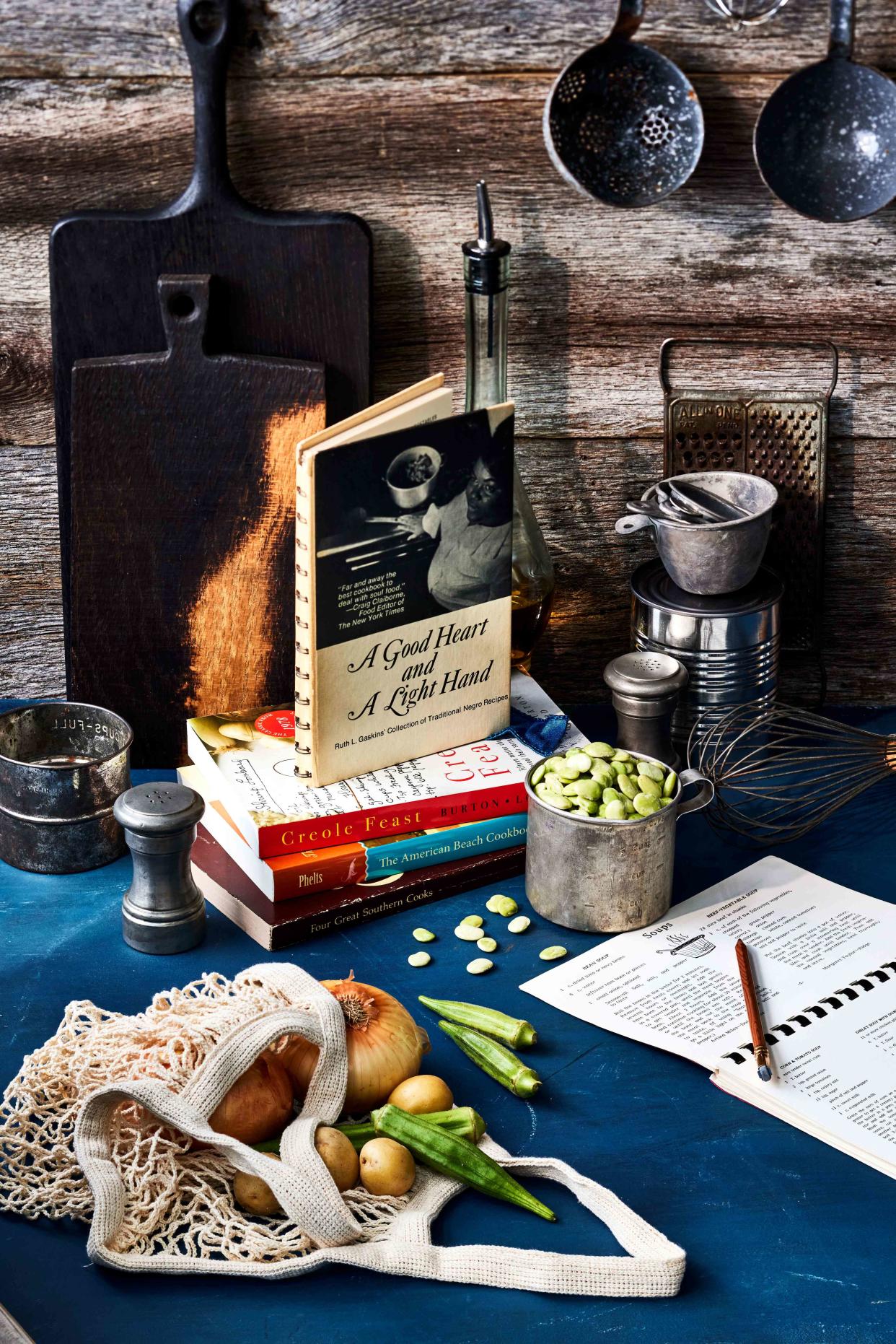
VICTOR PROTASIO
Cookbooks can provide more than collections of recipes. Many offer invitations into worlds completely unlike our own or chances to explore and understand bygone eras. “The work opens a window into her community and can impart knowledge about her region, its economy, social divisions, current events, and important personalities.” Critically acclaimed author Toni Tipton-Martin penned those words about their importance in her groundbreaking work The Jemima Code: Two Centuries of African American Cookbooks. I’ve always been drawn to those that tell a story. When I find “literary cookbooks,” as I call them, I can’t wait to share them with others.
Ask any cookbook author, and they’ll probably tell you that publishing anything for a mainstream audience is a minor miracle. For much of our nation’s history, it has been doubly so for African Americans. Few had the resources to print them on their own or the connections to get them published commercially. In the latter half of the 19th century, the racism these prospective authors faced was palpable. When an accomplished Black cook named Abby Fisher published What Mrs. Fisher Knows About Old Southern Cooking in 1881, she had to include an almost apologetic preface for having the gumption to write it. For these reasons and more, African American authored cookbooks were relatively uncommon before the 1960s.
That’s certainly not the case now. Challenges remain, but cookbooks by Black writers are plentiful and cover a wide range of culinary topics. I have more than 1,000 cookbooks in my library, and about 150 of them are by African Americans. Here’s a short list of some wonderful ones that you may not know about but need to add to your collection. They run the gamut from community cookbooks to profiles of notable chefs as well as those who are unheralded.
Although most of these are out of print, we chose ones that you will have a good chance of finding in your favorite used book store or online. We’ve also excerpted a recipe from each one to give you a taste of what’s inside.
A Good Heart and A Light Hand (Ruth L. Gaskins, 1968)
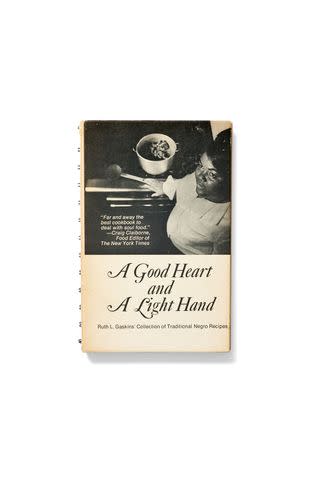
VICTOR PROTASIO
A Good Heart and A Light Hand by Ruth L. Gaskins (1968). This Virginia cook's distinctive take on soul food includes a variety of familiar dishes as well as a few pleasant surprisesWhile devouring this engaging book, I felt a sense of loss for a couple of reasons. First, for centuries, Virginians set the standard for Southern food, but their influence has waned in recent years as cooks from the Deep South have gotten more press. Ruth L. Gaskins, who hailed from Alexandria in the northern part of the state, reminds us that Virginia is still for soul food lovers, cooks, and everyone in between.
Second, as much as Gaskins draws us into her family and community, she doesn’t share much about herself. I wanted to know more about her personal journey to becoming an author. Fortunately, Gaskins’ writing makes you feel like you’ve known her for a long time.
A Good Heart debuted as soul food’s initial wave of popularity crested. In addition to the expected favorites, Gaskins also shares intriguing ways to use leftovers and wild game and how to make beverages at home. Yes, there’s even a recipe for a Casserole of Possum contributed from someone in Gum Spring, the oldest Black community in the area at that time.
No wonder this mix of traditional, practical, and unusual recipes made legendary New York Times food editor Craig Claiborne gush that it was “far and away the best cookbook to deal with soul food.”
Get the Recipe: Chicken-and-Vegetable Pot
Four Great Southern Cooks (The Dditors at DuBose Publishing, 1980)
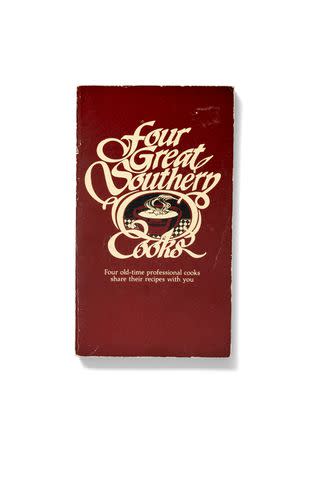
VICTOR PROTASIO
Four Great Southern Cooks by the editors at DuBose Publishing (1980). A celebration of talented and creative yet under appreciated Georgia cooksThis is a tribute to four African Americans in Georgia who followed diverse culinary paths. The editors state that these people represent the last of the “old-time professional cooks” who made meals in the “grand houses [of] the romantic, white-columned South of legend.”
Although such nostalgia nods to an era when cooking and servitude were often inextricably linked for African Americans, this book is noteworthy and endearing for two reasons: It celebrates the types of cooks who are often undervalued, and it recognizes that formal training at a culinary school isn’t a prerequisite to excellence and professionalism.
Readers first meet Daisy Redman, a Savannah-based caterer. Her section is chockfull of seafood- and rice-based dishes, like pickled shrimp and red rice, that typify what one would expect to find on the tables in her community.
Next, we meet Ruth Jenkins, a longtime cook for a prominent Atlanta family. Her section features dishes like Chilled Caviar Pie and Quail in a Bag, reflecting the treasures she served during a lifetime of entertaining in a wealthy home.
Beatrice Mize, a cook of Native American and Black heritage, ran a restaurant and worked for a number of notable families. The book spotlights her ingenuity with leftovers and local plants. (I’m personally drawn to her Macaroni and Pimiento Casserole.)
William Mann Jr., a retired private cook who worked for a family, rounds out the collection. His recipes include Glorified Potato Salad and Junior’s Fudge, which date back to the early 20th century.
Get the Recipe: Chicken Brunswick Stew
300 Years of Black Cooking in St. Mary’s County Maryland (St. Mary’s County Community Affairs Committee, 1983)
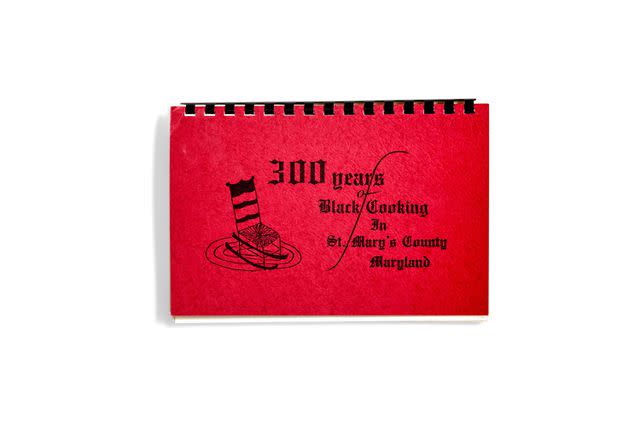
VICTOR PROTASIO
300 Years of Black Cooking in St. Mary's County Maryland by the St. Mary's County Community Affairs Committee (1983). Centuries of Maryland's culinary history are preserved in these pages"It's a wonderful legacy to the heritage of our community.” That’s what Michael Blackwell, director of the St. Mary’s County Library, told me about this beautiful, fascinating book. I couldn’t agree more. This work was revised from the first version that was printed in 1975. Its simple mission was “to record the recipes that were passed on orally from generation to generation in Black families in St. Mary’s County.” You’ll be grateful that such a copious amount of culinary knowledge was captured before these secrets went to the grave.
Although many people don’t think of Maryland as a Southern state, the recipes included will make any Southerner feel at home. One of the most interesting is for stuffed hams. The old folks say that dish originated when an enslaved cook filled two hog jowls (cheeks) with cabbage and kale and created a soul-satisfying meal. The slaveholders in the “big house” took note and applied the technique to the whole hams that the enslaved people were allowed to eat only on special occasions. Thus, the county’s most iconic dish was born.
Blackwell also gave me a nice surprise: The library still has a few copies of 300 Years of Black Cooking for sale at the bargain basement price of $6, including shipping and handling. For more information, visit their contact page at stmalib.org.
Get the Recipe: Ham Hock-and-Black Bean Soup
Creole Feast: Fifteen Master Chefs of New Orleans Reveal Their Secrets (by Nathaniel Burton and Rudy Lombard, 1978)
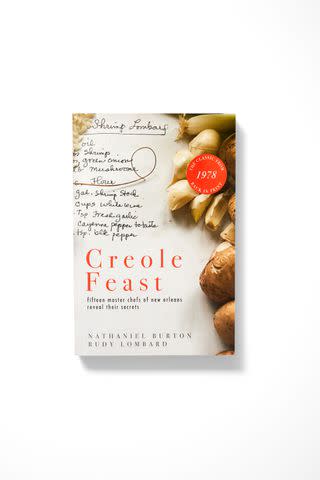
VICTOR PROTASIO
Creole Feast: Fifteen Master Chefs of New Orleans Reveal Their Secrets by Nathaniel Burton and Rudy Lombard (1978). Kitchen Wisdom and prized recipes make this Louisiana-focused book memorableFew cookbooks have a more alluring title than this one, and Creole Feast certainly delivers, thanks to an impressive writing lineup of Nathaniel Burton (one of the most experienced chefs in The Big Easy at the time) and Rudy Lombard (a longtime civil rights activist in that community). As if that weren’t enough, legendary novelist Toni Morrison edited this collection of recipes. The book begins by planting a flag firmly in the ground: “Black involvement in the New Orleans Creole cuisine is as old as gumbo and just as important.”
The authors felt that the bold declaration was necessary because Black cooks were increasingly being relegated to bit-player status rather than being the standard-bearers for this world-famous cuisine.
The 15 chefs featured in this book worked in commercial kitchens, primarily at hotels and restaurants. After a brief introduction, we get to know them more extensively through personal interviews, where they give their perspectives on cooking and share their culinary secrets. Most of the chefs and places will be unfamiliar to those who aren’t connected to New Orleans in some way, but recognizable names like the late Leah Chase and Louis Evans are part of this compilation.
The recipes are organized by categories, with famous Creole foods like beignets and gumbo running side by side with signature dishes of a particular chef, like Austin Leslie’s fried chicken. If anyone ever sets their mind to creating a New Orleans cooking hall of fame, they could use this book to select the inaugural class.
The American Beach Cookbook (Marsha Dean Phelts, 2008)
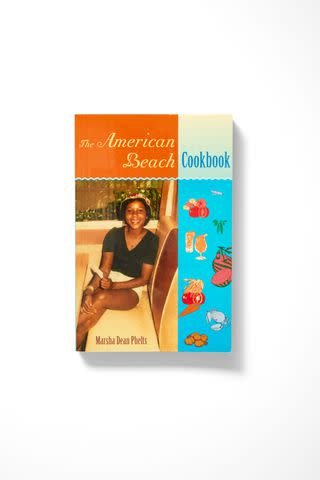
VICTOR PROTASIO
The American Beach Cookbook by Marsha Dean Phelts (2008). A tribute to a historic Florida community, featuring local seafood favoritesPhelts' book makes a strong case for mentioning Florida’s American Beach in the same breath as other African American resorts like Idlewild in western Michigan and Oak Bluffs in Martha’s Vineyard, Massachusetts. Phelts is a native of Jacksonville, Florida, who spent childhood vacations at American Beach, an over-200-acre resort community on Amelia Island about 35 miles northeast of her hometown. She writes that it was created in 1935 to give African Americans a place where they could “enjoy and have unrestricted access to the Florida coastline.”
Phelts shares her own reminiscences as well as anecdotes, historical footnotes, and photographs contributed by others in the community. Most importantly, readers get an interesting array of recipes from longtime residents. There are local favorites such as Grannie’s Tomato Gravy, which comes with a heaping of cultural context about how it has been prepared since the Depression era.
Not surprisingly, there are many seafood specialties like conch stew and the oyster stew that started Sunday dinners. Recipes for old standards like chicken and dumplings, collard greens, and fried chicken also grace its pages. Whimsical dishes like Black Man’s Ambrosia (bacon-wrapped grilled shrimp) sparked my curiosity. Ultimately, American Beach makes you feel like you’ve been invited to and fully welcomed at a block party—even though you don’t know anyone there.
Get the Recipe: Savory Crab-and-Shrimp Gumbo Exotica
For more Southern Living news, make sure to sign up for our newsletter!
Read the original article on Southern Living.

